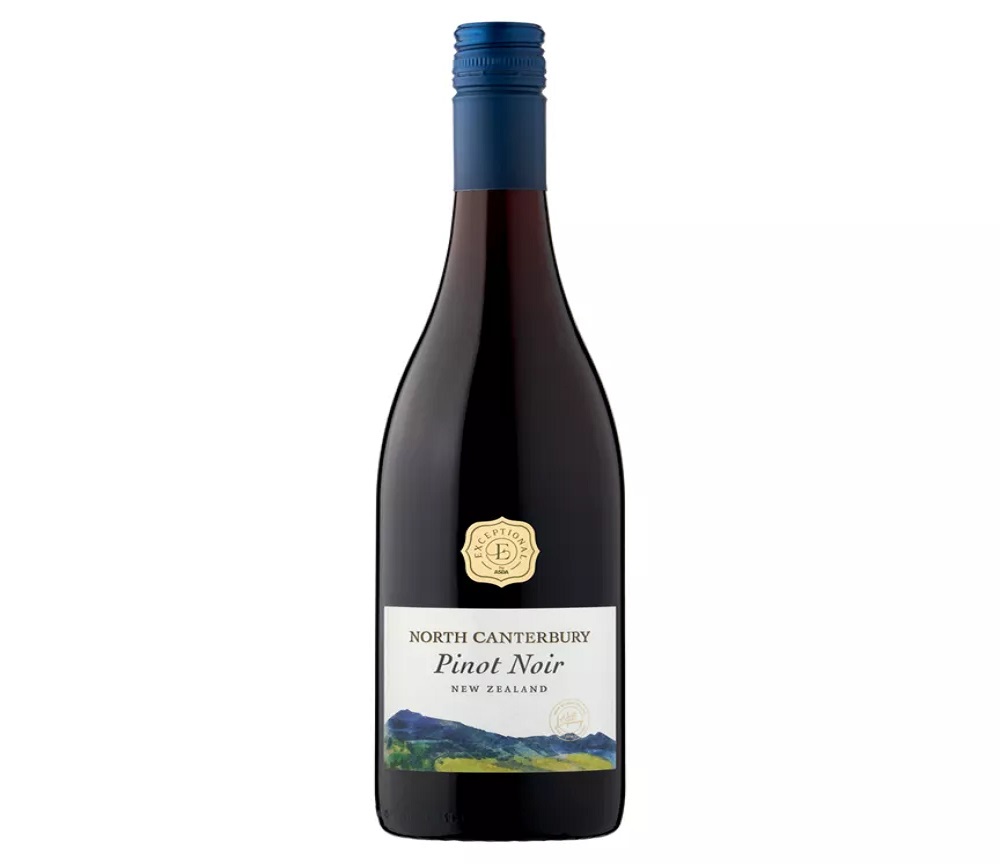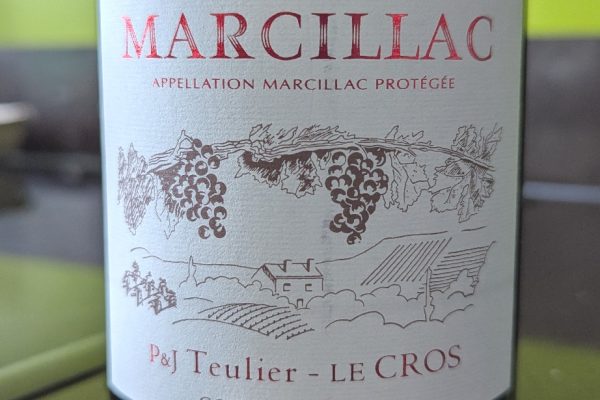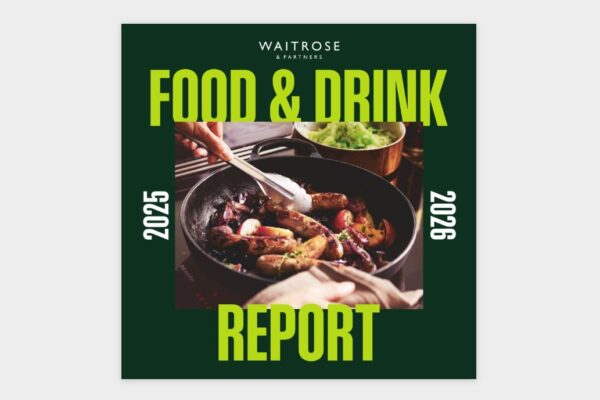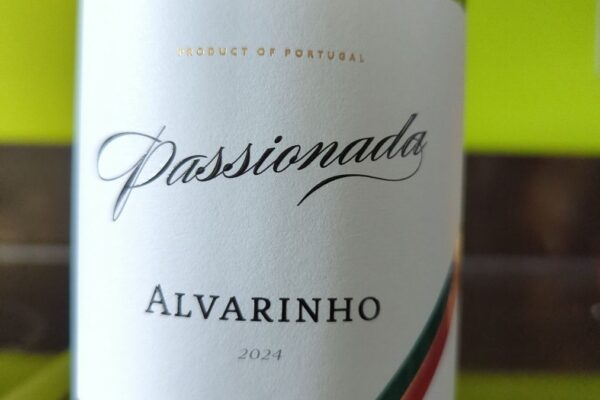
This Pinot Noir from North Canterbury, New Zealand, was my top pick of a recent Asda press tasting, where over 100 wines were sampled and where many others agreed it was a highlight. Its quality has been recognised with a Bronze Medal at both the IWSC 2024 and IWC 2023. I had to take a more in-depth look.
Its light brown hue is unusual for a 2020 vintage, immediately catching the eye. The cigar-like aroma and savoury spice notes hint at complexity and depth, inviting further exploration. On tasting, delicate hints of violets and herbs weave through an intriguing, deep, savoury backbone, evoking a sense of umami. The aroma especially, has an element reminiscent of twiglets (yes, I tried a side-by-side comparison!), adding a distinctive meaty richness that sets this wine apart.
While it’s common to slightly chill Pinot Noir, I think this one is best served at room temperature. I found chilling enhances the floral violet notes but diminishes its savouriness, leaving a faint rubbery taste.

In the tasting press literature, Asda intriguingly and unusually described the producer as “Confidential.” This secrecy may be because the wine, priced at just £11.25, is likely sourced from a premium North Canterbury winery, such as Pegasus Bay, Black Estate, Greystone Wines or Pyramid Valley, who don’t want to cheapen their brand. Wines of this calibre usually sell for £25 to £35, making this an extraordinary bargain.
As I write this, Asda is introducing a new “Exceptional” range, replacing the “Extra Special” label. So, depending on stock levels, it may look like the new label on the left.













